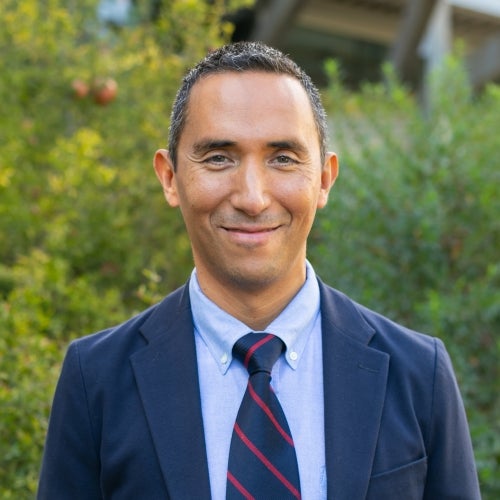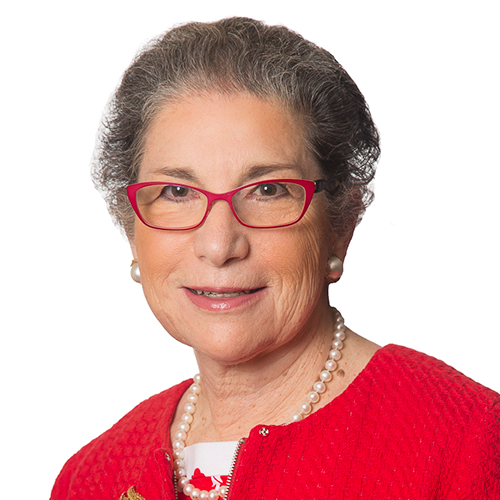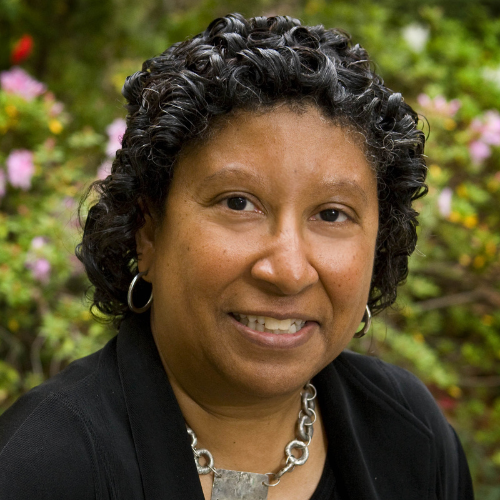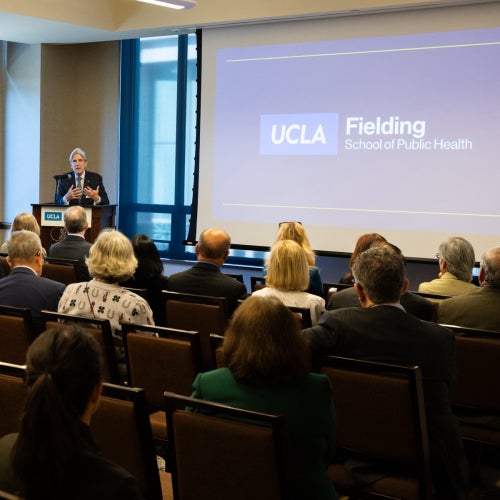Californians willing to adhere to safety guidelines on COVID-19 vaccination and testing, study finds
Research by the UCLA Center for Health Policy Research found that Californians have varied their COVID-19 risk reduction based on their test results.
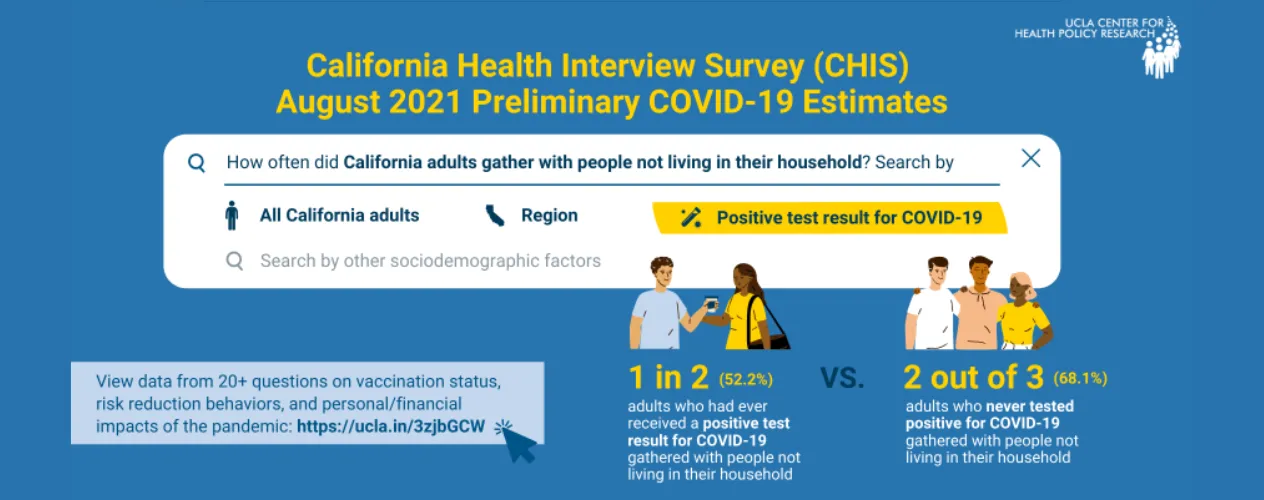
Over the last four months, FSPH's UCLA Center for Health Policy Research (CHPR), led by Dr. Ninez Ponce, professor of health policy and management, began to share early data from the 2021 California Health Interview Survey (CHIS). This has shed light on how residents were navigating the pandemic through engaging in risk reduction behaviors, getting tested or seeking medical advice about the virus, perceptions about the vaccine, as well as financial and personal impacts related to employment, ability to pay for basic necessities and rent, and mental health stressors.
The survey team’s final CHIS Preliminary COVID-19 Estimates Dashboard update of the year adds data from August 2021, which included responses from 3,124 Californians. There was a total of 20,724 respondents in the 2021 data shared from March through August. The data show that California adults who said they had ever received a positive COVID-19 test result were more likely to engage in risk reduction behaviors such as wearing face coverings and avoiding gathering with members outside of their household. Additionally, people who had not received the vaccine, but were planning to, were also more likely to follow safety guidelines than people who said they would not get the vaccine and individuals who already received the vaccine.
“Even the slightest risk reduction behavior changes are important because they are part of several factors that contribute to the spread of COVID-19 and can support evidence for policies such as vaccine mandates or proof of vaccination, or getting tested regularly and ensuring a negative result prior to entering a public establishment,” said Ponce, who also serves as CHIS' principal investigator. “As the state begins to enforce different mandates, we will continue to provide actionable data that policymakers, community organizations, public health officials, and other stakeholders can use to guide the state’s recovery plan.”
Key findings from the August 2021 data include:
Risk Reduction Behaviors
California adults varied in their risk reduction behaviors based on their test result status.
- About half (52.2%) of California adults who had ever received a positive test result for COVID-19 gathered with people not living in their household compared to more than two-thirds (68.1%) of adults who never tested positive.
- 66.3% of California adults who had ever received a positive test result for COVID-19 always wore face coverings when leaving their homes compared to 58.7% of adults who never tested positive.
California adults not planning to get vaccinated reported higher levels of engaging in risk reduction behaviors.
- Individuals who did not plan to get vaccinated were more likely to say they never followed state and local safety guidelines when gathering with people outside of the household — 29% vs. 4.4% who received at least one dose of the vaccine in August.
Californians reported wearing their face coverings less from March through August.
- Adults who said they always wore face coverings when leaving their homes decreased by more than 30% between March (84.8%) and August 2021 (58.2%). The percentages declined by 40% from March/April (84.8%) to July (50.2%), but increased from July to August.
Personal and Financial Impacts
Nearly 1 in 8 (12.1%) California adults said they lost their jobs during the pandemic.
- Nearly 1 in 3 (29%) adults within 0–99% of the federal poverty level (FPL) experienced job loss, compared to 6.2% of adults 300% FPL and above.
- More than 1 in 4 (28.5%) non-U.S. citizens said they lost their jobs, compared to 13.1% of U.S.-born citizens.
- More than 1 in 5 (21.6%) adults in the San Joaquin Valley and more than 1 in 6 (17.1%) adults in Los Angeles County said they lost their jobs.
- 1 in 4 (25.5%) adults who were uninsured lost their jobs compared to 13.4% of adults who had health insurance.
More than 1 in 7 (13.7%) California adults had difficulties paying for basic necessities in August 2021.
- Adults with serious psychological distress were much more likely to have difficulties paying for basic necessities than adults who did not have serious psychological distress (30.7% vs. 11.5%, respectively).
- 17.3% of adults who had a child or teen living in their household experienced difficulties paying for basic necessities compared to 11.7% without children or teens in their household.
- Multiracial (30%), Black or African American (22.1%), and Latinx (18.3%) adults were more likely than white adults (7.6%) to experience difficulties paying for basic necessities.

“It has been alarming to consistently see the personal and financial impacts of the pandemic on Californians, hitting the already at-risk communities the hardest,” said Todd Hughes, CHIS director. “We look forward to releasing the entire 2021 dataset in Fall 2022 and hope that the dashboard will continue to be useful in identifying groups who are most in need of assistance.”
Note: The California Health Interview Survey Preliminary COVID-19 Estimates Dashboard can be filtered by a range of sociodemographic factors such as age, race/ethnicity, and educational attainment, as well as other health indicators and risk factors. The California Health Interview Survey, the nation’s largest state health survey, covers numerous categories, including general health status, health conditions, neighborhood and housing, health insurance, child care, employment, income, and other measures, such as race and ethnicity, marital status, sexual orientation, and citizenship.
by Elaiza Torralba
The UCLA Fielding School of Public Health, founded in 1961, is dedicated to enhancing the public's health by conducting innovative research, training future leaders and health professionals from diverse backgrounds, translating research into policy and practice, and serving our local communities and the communities of the nation and the world. The school has 761 students from 26 nations engaged in carrying out the vision of building healthy futures in greater Los Angeles, California, the nation and the world.
Faculty Referenced by this Article
Nationally recognized health services researcher and sociomedical scientist with 25+ years' experience in effectiveness and implementation research.

EMPH Academic Program Director with expertise in healthcare marketing, finance, and reproductive health policy, teaching in the EMPH, MPH, MHA program

Dr. Michelle S. Keller is a health services researcher whose research focuses on the use and prescribing of high-risk medications.

Dr. Ron Andersen is the Wasserman Professor Emeritus in the UCLA Departments of Health Policy and Management.

Professor of Community Health Sciences & Health Policy and Management, and Associate Dean for Research





